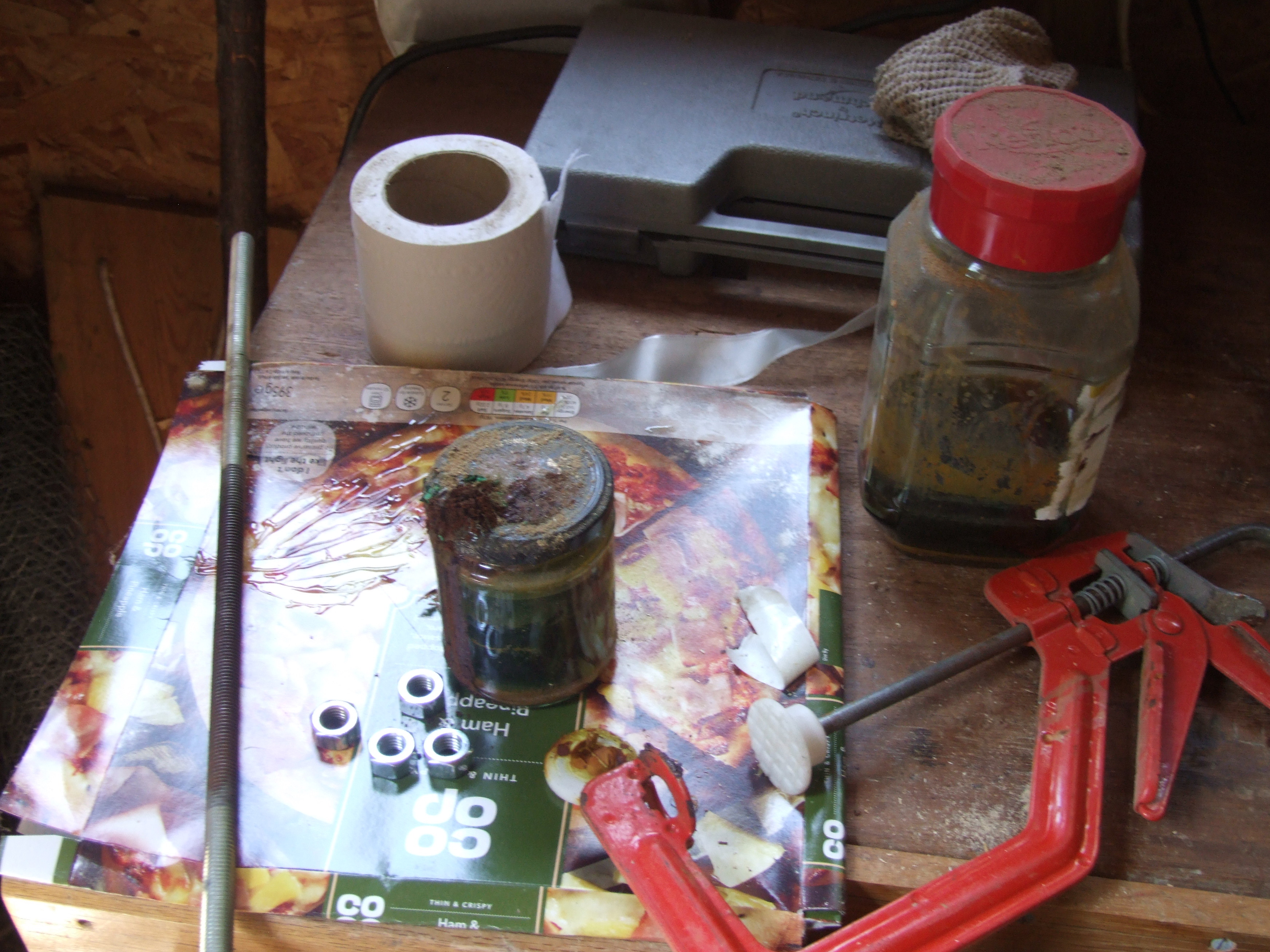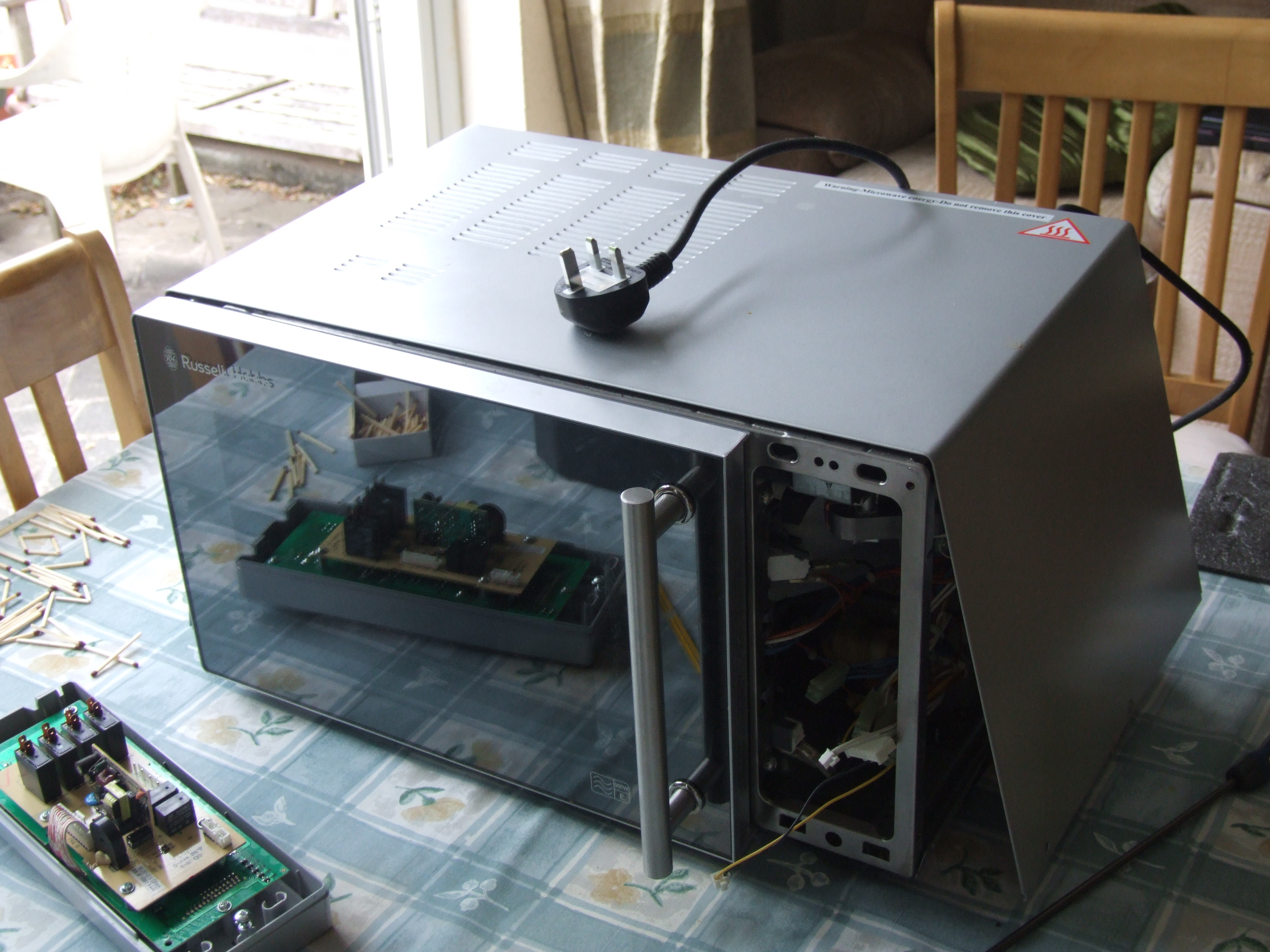A while ago I made one of those vices used for bookbinding which is called a ’lying press’, not because it is used to print articles for the Lügendpresse, whoever that might be, but because it is a press and lies down, in a bench called a tub. There are many drawings, etc, all over the internet. My press is a little different: I used old windowsill ‘mahogany’, and took advantage of the profile to make one side a ‘backing press’ with protruding jaws planed away after a picture I found in an old book somewhere. Nobody seems much to bother with them these days, but it was fun; in fact the whole thing was fun: finished up to a very high degree of accuracy entirely with hand tools, including planing all the timber square with a marvellous 22" wooden smoothing plane.
[Read More]This website is not masterful. It is devoted to things I do either because they need doing, or because I enjoy doing them, and which someone else might possibly want to do. Perhaps if my mistakes are included here in enough detail someone else might not make them…
I am not an engineer, or a software developer, or a mechanic, or a carpenter, or a bookbinder, or anything else I might pretend to be on these pages. I am just an Amateur, but in real life I’m a PhD student in Theology. Except insofar as the aformentioned things I am not come in to it, this is unlikely to be apparent here.
This website is purely static, and is the successor to a wordpress blog.
Proof of Concept
By this point we have all we need for a basic charge, and I do actually need to charge some batteries. I can build a simple current regulator with an LM317 and a resistor, which will be good enough for now.
No Termination
The simplest thing would be just to charge some batteries and log to the computer. There’s a marvellous thing out there called FeedGnuPlot which makes graphing realtime or static data so easy one has to resist the temptation to graph everything. But before we can do that, we need to be able to read analogue values and throw them over USB.
[Read More]PIC Development Board
As part of the Battery Charger project I need a basic PIC dev board. I built one a long time ago for A2 coursework, and I even found the artwork lying around, but the tracks and pads were too small for hand etching and drilling. Trying to open the cad files in KiCad I discovered that they’ve changed everything, and half the symbols ‘cannot be found’. I’ve also completely forgotten how to use KiCad or schematic capture/Pcb design software in general: all pointing to a need to redraw.
[Read More]Background
There are lots of ‘smart’ chargers out there. Most of them boast that they can charge your batteries quicker than the competition, and that a ‘smart’ algorithm will somehow prevent packing as much current as possible into a cell in the shortest time from having deleterious effects. Slow chargers are harder to come by: there are the cheap constant-current things you run for a certain amount of time—but if your batteries are not absolutely dead they will overcharge, and probably overheat and explode, as mine did. So not ideal. A few vacations ago, as a break from reading, I converted an old analogue ammeter into a basic adjustable-current charger with current and voltage read-off. The current regulation is not particularly clever. It uses the ’trick’ I devised for my AS Electronics coursework
[Read More]Poor Man's Raspberry Pi
Embedded Linux is currently all the rage with little boards like the Pi running a full-fledged Debian just to flash a few LEDs. Now certainly, the Pi would find uses here, but it’s hardly cheap. What is cheap—or even free—is defunct wireless routers. They, too, are embedded systems running Linux. Unlike the Pi they have on-board wifi and an ethernet switch; the cpu isn’t usually too bad either. I also picked a few up for £0.99 on Ebay. Here’s one:
[Read More]Vice Screw
About five years ago now I stopped dreaming of a proper bench vice and built one from some old oak kitchen doors I rescued from a skip, an old oak drawer, and long M6 bolts.
Some day if I find the pictures I might write it up as an example of how not to do it: I dovetailed the two runners on in opposite directions and a whole host of other things. Still, it’s a pretty good vice all told except for those M6 bolts. Of course we should use a proper thread designed for clamping, but I’ve now left school so it’s too late to cut one on one of the lathes in the workshop, and have you seen the prices? I thought about replacing it with M10 studding, as used in the bookbinder’s press, but there’s not enough wood on the bottom of the jaws to do it without extending them, and I’ve never got round to it. So I view the screws as expendable and replace them with studding when the thread strips.
[Read More]Repairing a Broken Tenon
This posed something of a problem: what do you do when a pinned tenon breaks? The joint was too broken just to glue, neither surface was flat, and the dowels were in the way. In the end I decided to dowel it with three dowls, to leave as much of the broken tenon intact as possible. Dowled joints are easy on flat, square workpeices. On jagged tapering workpeices, now… With a quarter-inch chisel I cut flats to mark on and marked the three holes on both mortice and tenon. Then I made a jig to make drilling square a bit easier. This wood—generic African hardwood—is like fibreboard. The lip and spur bit just spun on the surface:
[Read More]A lesson in Ferric Chloride
FeCl3 is that stuff we use to etch circuit boards; apparently there are other uses for it too. It etches most things, including, it would seem, the lid of the jar I kept spent etchant in, the M10 studding on the bench underneath, and most surprisingly for me—for my chemistry is rather rusty—the plastic cap of the clamp on the shelf in front of it.
Here’s the damage control:
[Read More]Microwave repair
There is a nasty thing out there called ‘built in obsolescence’, which is supposed to cure the fact that most things are actually made quite well and would last a long time if left to themselves. Here is a microwave:
Well at any rate, there’s most of a microwave. The ‘cancel’ button was no longer working. What makes me think the entire microwave is being held hostage by a £0.03 switch? Let’s take the case off and have a look:[Read More]
